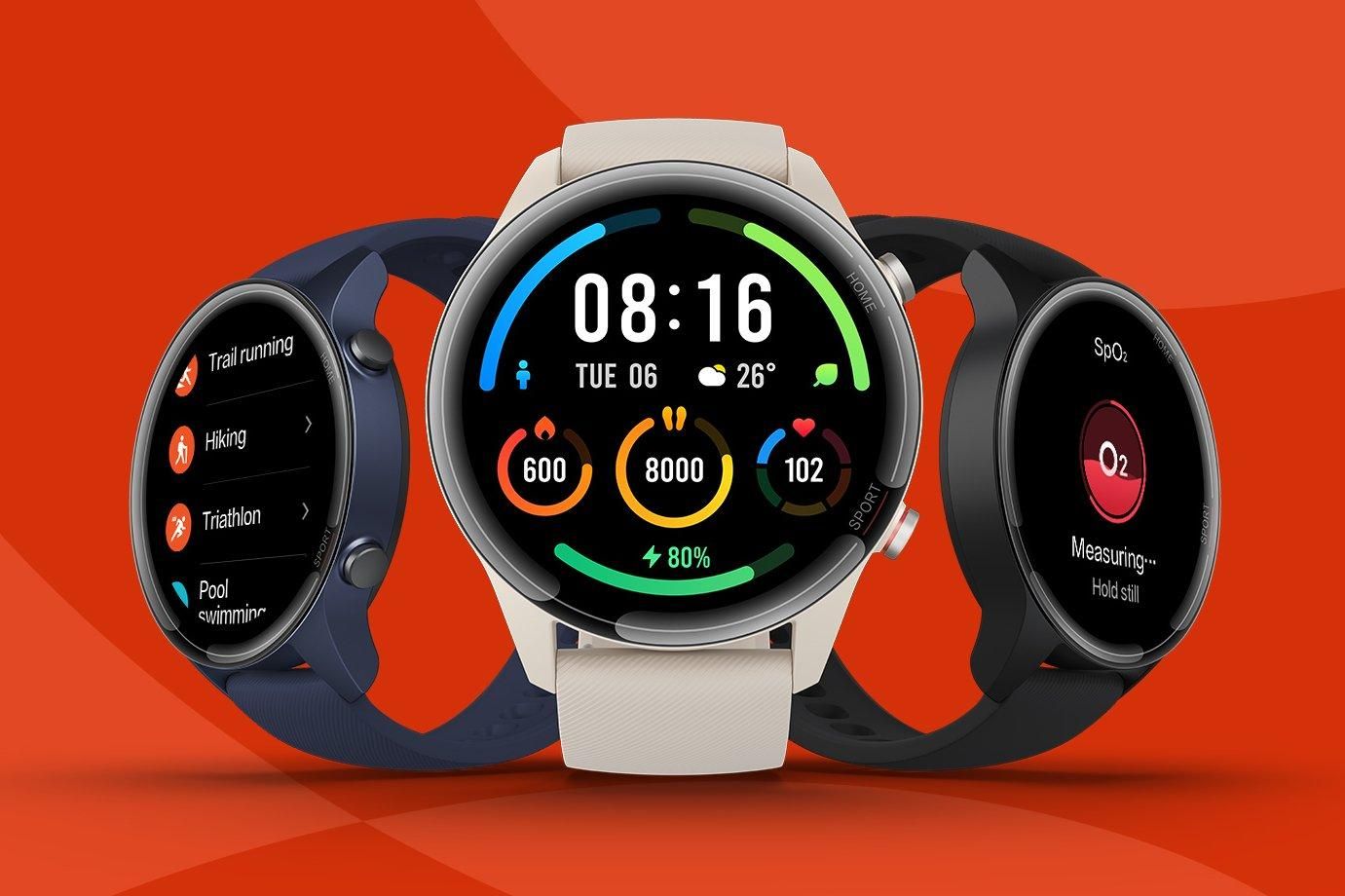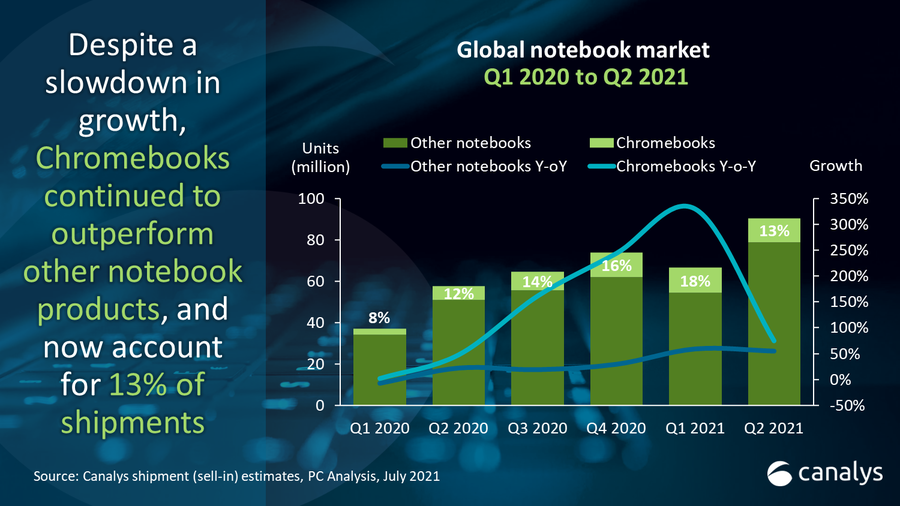It seems that the global wearable band market is still on the rise. A new report from Canalys reveals that this market grew 5.6 percent year on year, with a total of 40.9 million units being shipped in the second quarter of 2021. However, the main responsible for these sales numbers are smartwatches, as they hold 62 percent of the global wearable band shipments.
Numbers suggest that Xiaomi took Apple’s crown in the wearable band shipments in the second quarter of the ongoing year. And it seems that Huawei managed to stay in the third position, even though most of its products are only limited to China because of the current restrictions applied by the US. Canalys Research Analyst Cynthia Chen explained that:
“Xiaomi made a wise move to hasten the release of the Mi Band 6, which is a more compelling device than its predecessor,” said Canalys Research Analyst Cynthia Chen. “Xiaomi’s quick pivot to basic watches also helped the company boost its wristwatch shipments by 1.3 million units this quarter.”
According to the chart, we find that Xiaomi reached the 8 million shipment mark, taking 19.6 percent of the market share, which means a 2.6 percent annual growth when compared to the 7.8 million shipments during Q2 2020, which gave the company 20.1 percent market share in the same time window during 2020.
Still, when we focus on the worldwide wristband shipments, we see that Apple continues to outperform other companies, as the company holds 31.1 percent of the market. Now, we will have to be on the lookout to see how the market evolves with the recent launch of the Samsung Galaxy Watch 4, but let’s not forget that the Apple Watch 7 is also around the corner.
Canalys Research Manager Jason Low also expressed that:
“Vendors are attempting to make a big generational leap in smartwatch technologies. To stand out, they are improving the fundamentals, such as user experience and battery life, creating their own distinct UIs and leveraging their respective ecosystems to draw out new and unique use cases.”
“But health tracking is the most prominent use case for smartwatches. The ability to deliver cutting-edge health-tracking features and to offer users meaningful data and actionable health insights will set winners and losers apart.”
“It is vital that vendors invest in next-generation health sensors and developing in-house algorithms and solutions to not only track vital biomarkers, but also to ensure good accuracy and reliability. Vendors should focus on giving users insights into health trends involving data collected over a longer period of time, so that they can understand how their lifestyles are affecting their wellbeing.”
source Canalys



